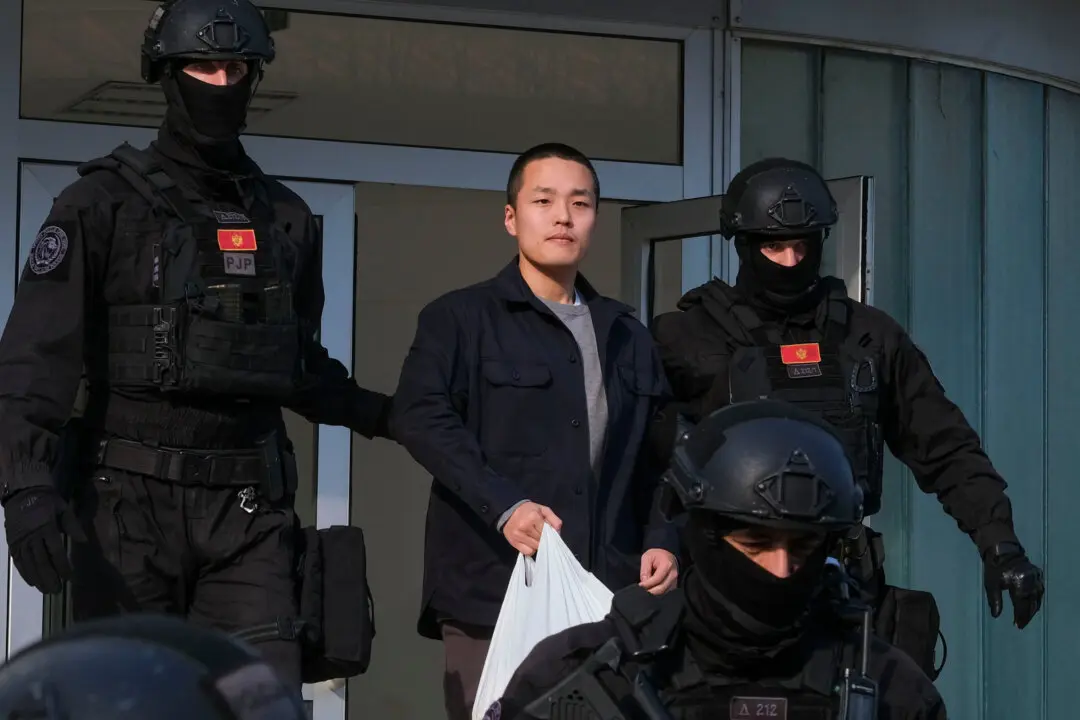TOKYO—Police on Friday were investigating at the blackened, gutted building in Kyoto where a man raging about theft set a fire that killed 33 people in a beloved animation studio, crushing the hearts of comic fans in Japan and beyond. Some were questioning why mass killings like this are now repeated in the country.
Witness accounts and reports suggested the man had a grudge against Kyoto Animation, but police only have said the suspect Shinji Aoba, 41, who is hospitalized with severe burns and unable to talk, is from near Tokyo and did not work for the studio.





